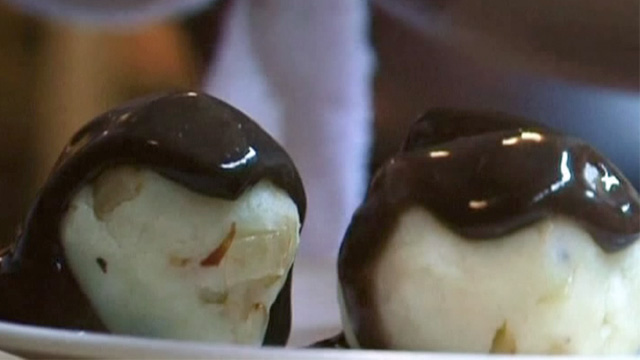Mitti ka Kushboo (The earthy smell
after Rain)
This article is dedicated to Puri (The one who gave idea
;))
If a sunny Day ends with a Rain, the thought reminds me the
Pleasant smell of the Earth, I always want to capture all this flavors and
store it, of course which is not possible…
So I wonder why the Earth gives pleasing scents when it’s raining or wet (like watering plants, In India we wash our front yards and put Rangoli/Muggu)…
If you are eager to know, then you need to read this…
Petrichor
As everything has a name, the pleasant scent is called
Petrichor. After a lot experiments the Australian researches Sabel Joy Bear and
Richard G. Thomas named it as Petrichor in 1965. This Word is derived from
Greek, Petri means stone and chor means the fluid that flows in the veins of
the gods.
Do you know why?
Australian Sabel and Richard described that, during dry
times, some plants releases oils to save their babies(seeds) during dryness and
duress (that is why oil is observed during the seed germination) which is
absorbed by clay based soil and rocks.
Now what happens when it rains, this oil is released into air
along with Geosmin (a metabolic by-product of certain bacteria)
As this is done in
1965, The MIT (Massachusetts Institute of Technology) researches in 2015 conducted once more this
research and described that, this pleasant smell is due to air bubbles trapped
by the rain drop as soon as they hit the ground.
Have you seen the fog or the Smoke during the start stage of
rain, these naughty bubbles are shoot upwards and erupts as fizz, and suspends
in air forming smoke and fog known as aerosols same like water produces
aerosols when falls on water , more simple just like aerosols air fresheners.
Extra Care
These tiny particles not only releases the oils but the bacteria
and viruses which are unnoticeable, that’s how we will start sneezing when its
starts raining.
Video link: https://youtu.be/Waqmq_GTyjA
https://youtu.be/PDrElHWBT6A
https://www.scienceabc.com/nature/petrichor-why-the-smell-of-soil-after-the-first-rain-is-so-sweet.html
P.S. all images belongs to owners.
P.S. all images belongs to owners.




















:origin()/pre03/9ee2/th/pre/i/2016/324/0/2/chaco_clay_and_ichu____puno___peru_by_anarcopaulo-dap08gc.jpg)

